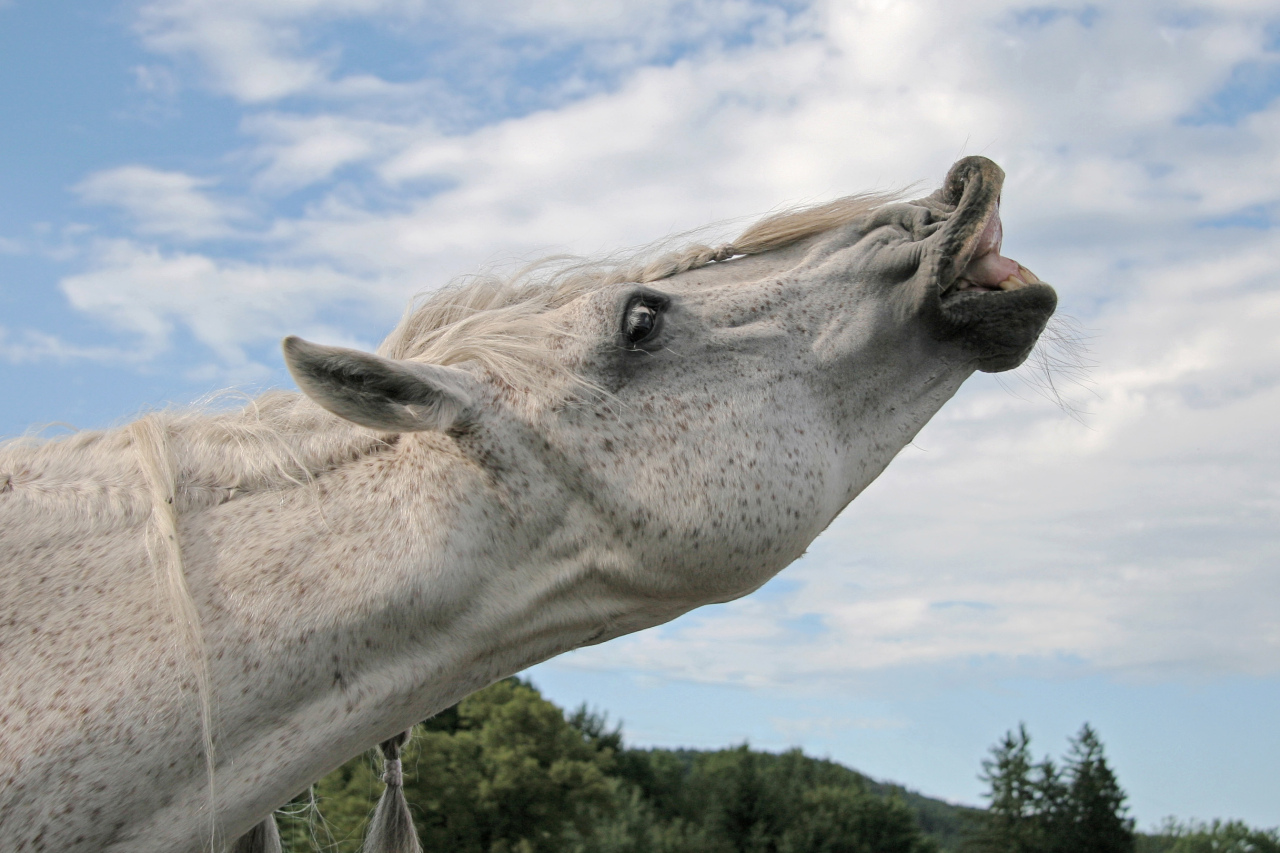Stallions, in many ways, are like overgrown kids, and ‘mom skills’ can come in really handy. For instance, sensing when things are too quiet and having eyes in the back of your head.
This is not to make light of interacting with stallions in any way. They are quick, powerful and humans are no match for a stallion in a flat out battle. However, the common perception of stallions as aggressive and inherently dangerous is not accurate. They are also not sex crazed maniacs that will hurt a mare and kill foals. Nothing could be further from the truth. Mares are often much more of a threat to the stallion than the other way around, and stallions are normally very protective of foals.
Stallions tend to mellow with advanced age into rather stately and dignified gentlemen, but in their younger days can be challenging. It starts early. Colts are more active and physical than fillies, tormenting their dams from an early age with a penchant for mounting. Rearing and mock fighting with their pasture mates is also a favorite. As they become sexually mature, feral males form bachelor bands where they peacefully coexist under an obvious herd hierarchy that is established through posturing and threats much more often than any actual physical contact. The posing is part of their daily interchanges with herd mates.

This behavior carries over to human interactions with domesticated stallions. The dominance behaviors almost become a form of play where the horse is constantly trying to sneak in a nip, invade your space or keep you from entering his. Calling his bluff with a sharp word and tap is sufficient to “win” if you are operating from a position of strength—i.e., have adequate restraint on the horse if he is out of the stall or have yourself in a position of power and movement if you are in an enclosed area with the horse loose. These encounters won’t be a one-and-done phenomenon.
The stallion will continue to challenge you every day and several times a day. As handler and horse get to know one another, these exchanges can be almost invisible to an observer as a subtle change in body language communicates both the posturing and the response. Like a mom, an experienced stallion handler can read their minds and convey the ‘don’t-you-even-think-it’ message with as little as a sideways glance. The horse appears to only be quietly behaved but let someone else try to work with the horse and he can seem to be a different animal, immediately “in your face.” There is no malice in the behavior though; no intent to harm.

I’m leaving a lot out here—most notably the ground work training of breaking, leading, respecting your space, teaching the absolute zero tolerance for serious behaviors like rearing, striking and aggressive biting, and making sure the animal has sufficient exercise and social interaction with other horses at least visible. However, stallions are trainable just like mares and geldings. On the whole, dangerous stallions are made, not born. They are a product of poor management and abysmal horsemanship coupled with excessive physical force.
It’s unfortunate that many horse people will go their whole lives without ever getting to know a stallion. They are a challenge and keep you on your toes, but their unique zest for life is the essence of horse.
About the Author
Dr. Eleanor Kellon is a renowned expert on equine nutrition and related health issues. She offers private nutritional consultations and online courses through Equine Nutritional Solutions. Find out more at www.drkellon.com, and read more of her articles at DrKhorsesense.com.




 July 7, 2017
July 7, 2017 






















